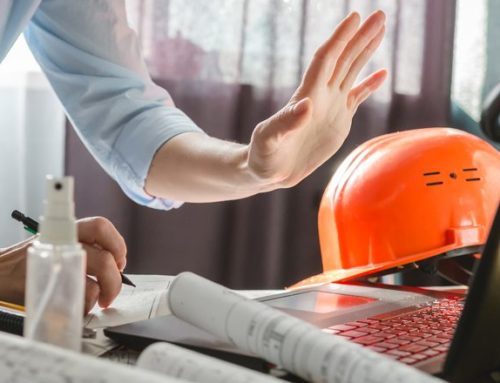Living in a New Material World As The Coronavirus Lingers
As the pandemic continues, the construction industry evolves to meet new needs and safety challenges. Increased safety precautions, social distancing, and ways to reduce time on the construction site are becoming protocol. Additionally, new materials are now being implemented.
Coronavirus disrupts the supply chain
Among the many issues facing the U.S. construction industry is the dependency on imported materials. About 30% comes from China, an additional 20% comes from Canada and another 20% comes from Mexico. Trade wars and COVID-19 have impacted Chinese shipments. Border closings hamper shipments from the north and south. Other major suppliers, including Germany, Italy, Japan, Korea, and Vietnam have also been severely affected by coronavirus. This requires builders to find other options.
Off-site production during outbreaks
As construction workers contract COVID-19, some job sites are forced to shut down operations. This can greatly delay projects. One way to spend less time on the jobsite is to have the construction done somewhere else. Prefabricated walls are making their ways into buildings throughout Southern California, including the interior and exterior walls of a three-story Kaiser Permanente medical building in Hesperia. David Alford, the project director for the Kaiser building, said the prefab method will bring the project to completion two to three months earlier, even while the firm is staggering work schedules to reduce the number of employees on job sites.
Emphasis on cleanliness is crucial for projects to move forward
In a world of unpredictable microbes, the demand for antimicrobial coatings is growing. Construction firms are now incorporating it into heating, ventilation and air conditioning systems as the coatings help to deter the growth of microorganisms. Other shrink wrap materials can be installed in heavily trafficked areas, such as corporate lobbies, corridors and restrooms. These products can be applied to door handles, sinks, and countertops. It kills germs on contact and is effective for up to six months. In addition to new construction, this can be an easy retrofit for kitchens, bathrooms and other areas.
Copper, which is a natural germ-fighting element, is now being used more on sinks, handrails and other high-touch surfaces. As people around the world look for ways to keep as healthy as possible during the pandemic and the construction industry evolves, perhaps other futurist construction materials such as air cleaning bricks and self-cleaning concrete will also be applied to new construction of hospitals and other business settings.






Leave A Comment